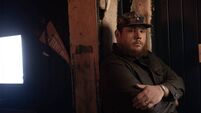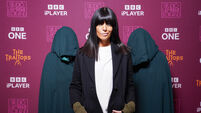Reeling In The Years: Behind the scenes with the Corkman who created the show
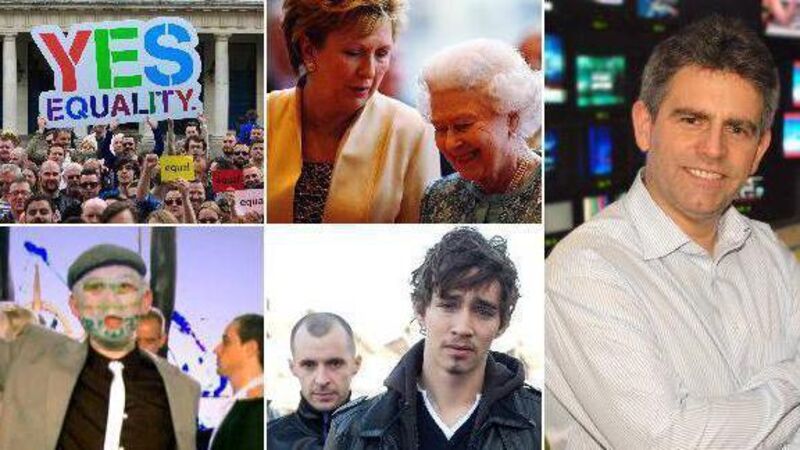
Reeling In The Years.
John O’Regan is the producer of RTÉ programme Reeling in the Years. He grew up in Lissarda, Co Cork, and went to school in Kilmurry National School and Cistercian College, Roscrea, Co Tipperary. He studied English and French at UCC before emigrating to Manchester in 1987, where he worked for Granada Television on shows such as The Krypton Factor, This Morning with Richard and Judy, and World in Action. He moved back to Ireland in 1997 to work on Kenny Live.
A new series of Reeling in the Years, covering 2010-2019, starts next Sunday on RTÉ One 8.30pm.
The genesis of all these types of programmes is a programme the BBC made in the mid-1980s called The Rock ’n’ Roll Years. When I was at Granada, a colleague of mine called John Moulson made a programme similar to that called The Rock and Goal Years.
The north-west of England has several huge soccer clubs and has also produced some of the best music in the world, from The Beatles and The Smiths to the Manchester scene and Oasis. John Moulson took the soccer stories and the music of the year and blended the two together and that always stuck with me.
I came back to Ireland to work in RTÉ in 1997, and the late Kevin Linehan who was head of entertainment, asked me what ideas I had. I gave him four or five, and one of them was Reeling in the Years. We went ahead and made a pilot programme in 1998/9.
There are two full-time researchers on the show — Ronan Murphy and Eoin Cody. I began work on this one in September and they started a couple of months before me.
We work together digging out the footage, looking at clips, and seeing how much we can afford relative to the budget because we buy in the rights to use foreign footage or sports events and so on.
There is quite a bit of internal juggling that goes on at that end.
The greatest difficulty I have in producing the programme is what’s left out. A lot of it comes down to the year. Off the top of my head, if I think of a year like 2011, it was the year of Queen Elizabeth and Barack Obama visiting Ireland, there was a general election, a presidential election and it was also the first year of the bailout.
Abroad, you had the killing of Osama Bin Laden, the Fukushima nuclear disaster in Japan, the Arab Spring — which is a massive story, you could do a two-hour documentary and still not get near it. In sport, Ireland beat England in the Cricket World Cup. Of course there are several stories that should be in and they get left out. In the end, you would hope that people will accept it cannot be definitive or comprehensive.
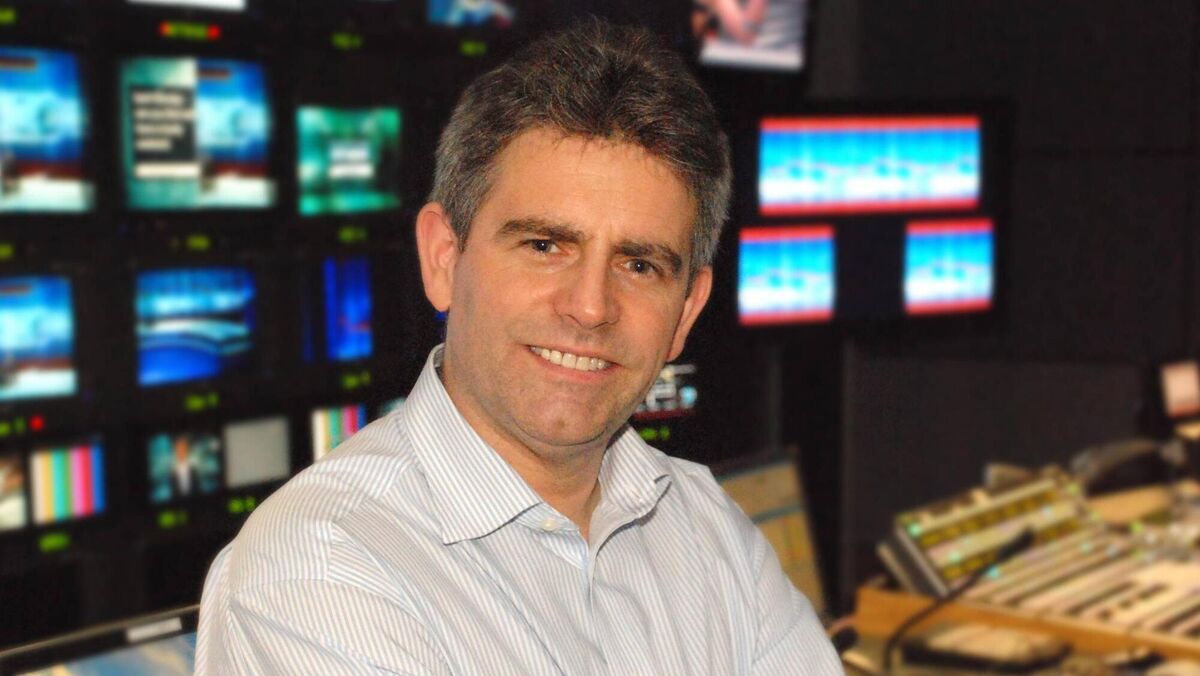
One of the elements I have always liked about the show is that there is no presenter or narrator so we use text captions and music to keep the pace and absorb the viewer’s attention.
I take a lot of time writing those captions so they are concise but provide enough information to almost anyone so they can follow what is going on. That, I hope, can absorb a viewer’s attention and make your mind work in different ways before you even get to the point where you start connecting your own experience of that year to the events you are seeing — that is the year I did the leaving, or that’s the year I got married — and also, in particular, the music, because the music is the soundtrack to your life.
I regard Reeling in the Years as a very low-key, modest, quiet programme. The same principles we had making the pilot in 1998 are pretty much the same now — we will show the GAA finals for hurling and football every year, we showcase Irish music, along with international music, and it is chart-led, not the kind of stuff that is used for ‘cred’ or is taken more seriously by certain people.
Take the soundtrack of the pilot — I picked 1981 because it was a year a lot happened. RTÉ had the Eurovision, you had the H-block hunger strikes, a general election, the attempted assassinations of the Pope and Ronald Reagan, the Stardust tragedy, DeLorean in Belfast.
The soundtrack has Big Tom and the Travellers at Cork Opera House, Joe Dolan, Foster and Allen, the Boomtown Rats, the Blades, Talking Heads, Abba, Queen, Phil Collins, The Police, and the Fureys and Davey Arthur.
Digital technology has transformed a lot of the working practices and has made some things faster but in other ways, the thought process has to remain the same in terms of how you juggle the events. When I was making the first series, I would absorb footage and write it down longhand in hardback A4 notebook, which is what I still do.
I would make a list of perhaps 50 songs to listen to, to try and balance them in my head with the footage. I would transfer them to a Walkman, which was easier to listen to when walking or jogging at the weekends. Then I progressed to an iPod — and now I’m able to stream hundreds of tracks on to a personalised playlist on a device that also functions as a television, computer, telephone, camera and a storage device.
Even in 2010, how could you possibly think about streaming a whole series on demand, and make it available individually, not only in somebody’s house but on somebody’s telephone. That’s just ten years ago.
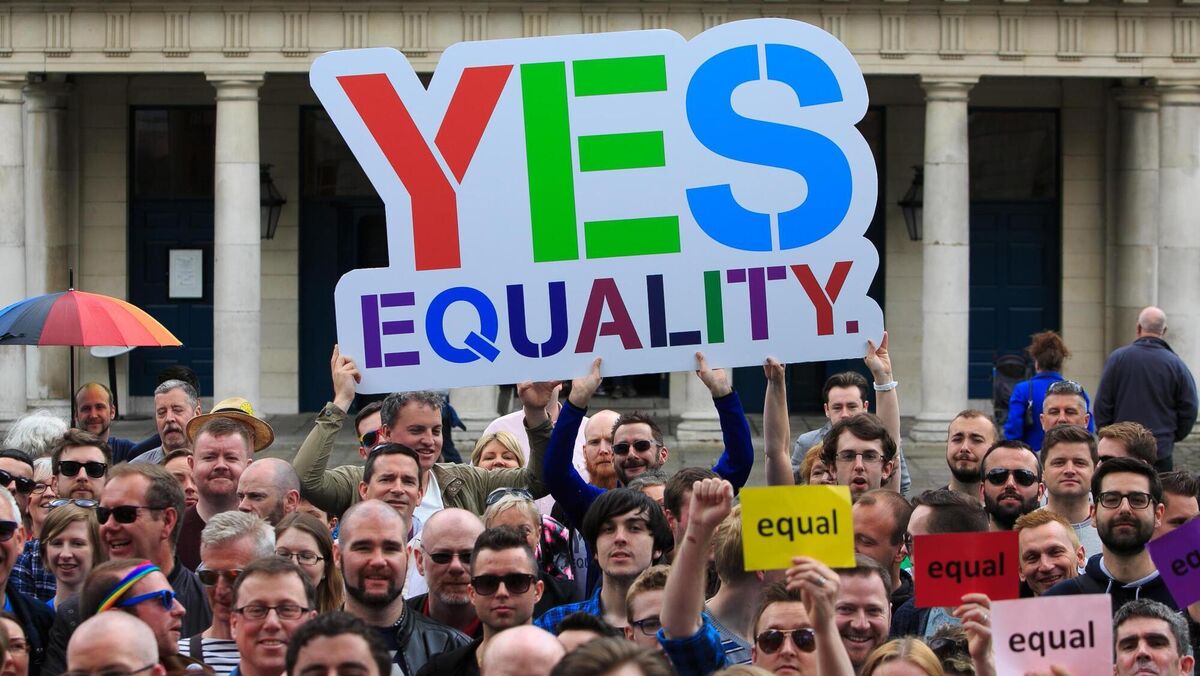
When I started out, I knew the music inside out and I would have to swot the current affairs. Now I know the current affairs inside out and I have to swot the music. When you look at the 80s and 90s, there was an Irish chart, UK chart and US chart.
The chart was everything, it was effectively a monolith. Now music is far broader, then way in which we listen to it and consume it. That is a feature of this series, the net is wider. You have to look at different charts, streaming services, and the way in which an artist can release an album and all of the tracks go into the charts that week.
I never thought Reeling in the Years would continue on in the way it has, and it seems to me that the repeats have found a different audience. The people who tell us if we get it right are the viewers — we are not the judges of our own output.
It is nice that there is a level of affection for the programme but nobody ever thought, least of all me, that it would have sustained in the way it has across 20-odd years.
I have been asked about covering 2020 so much but my entire focus has been on trying to get this series done — we will be working on it right up until the end. In some ways, at an emotional level, maybe 2020 isn’t really over.
You could make a Reeling in the Years about 2020 and of course it would stand up but I think that 2020 and what it brought is still very much with us. I’m not sure how capturing that would feel.
